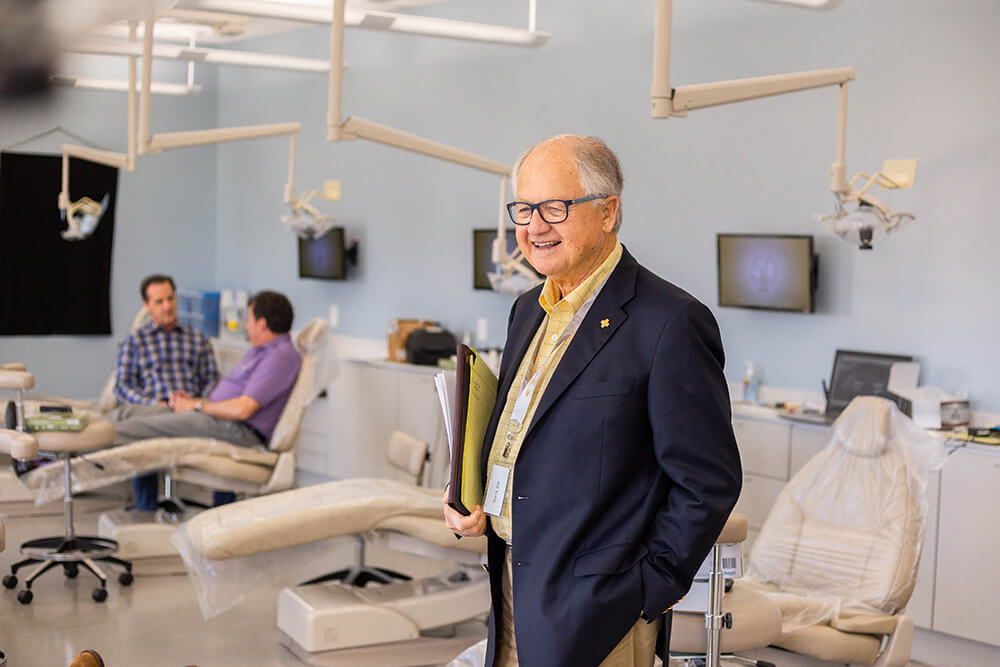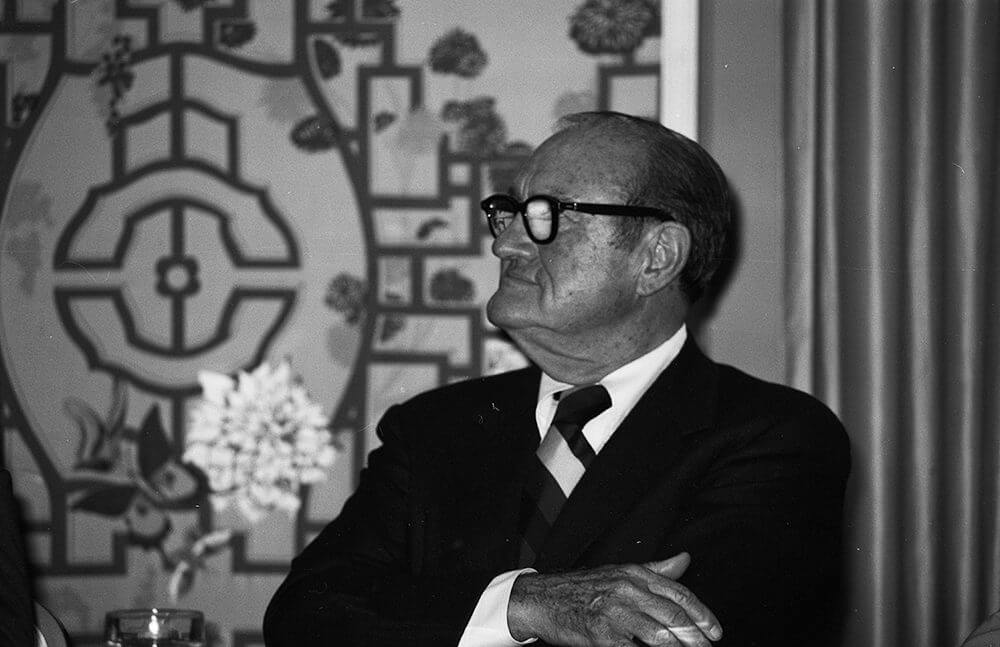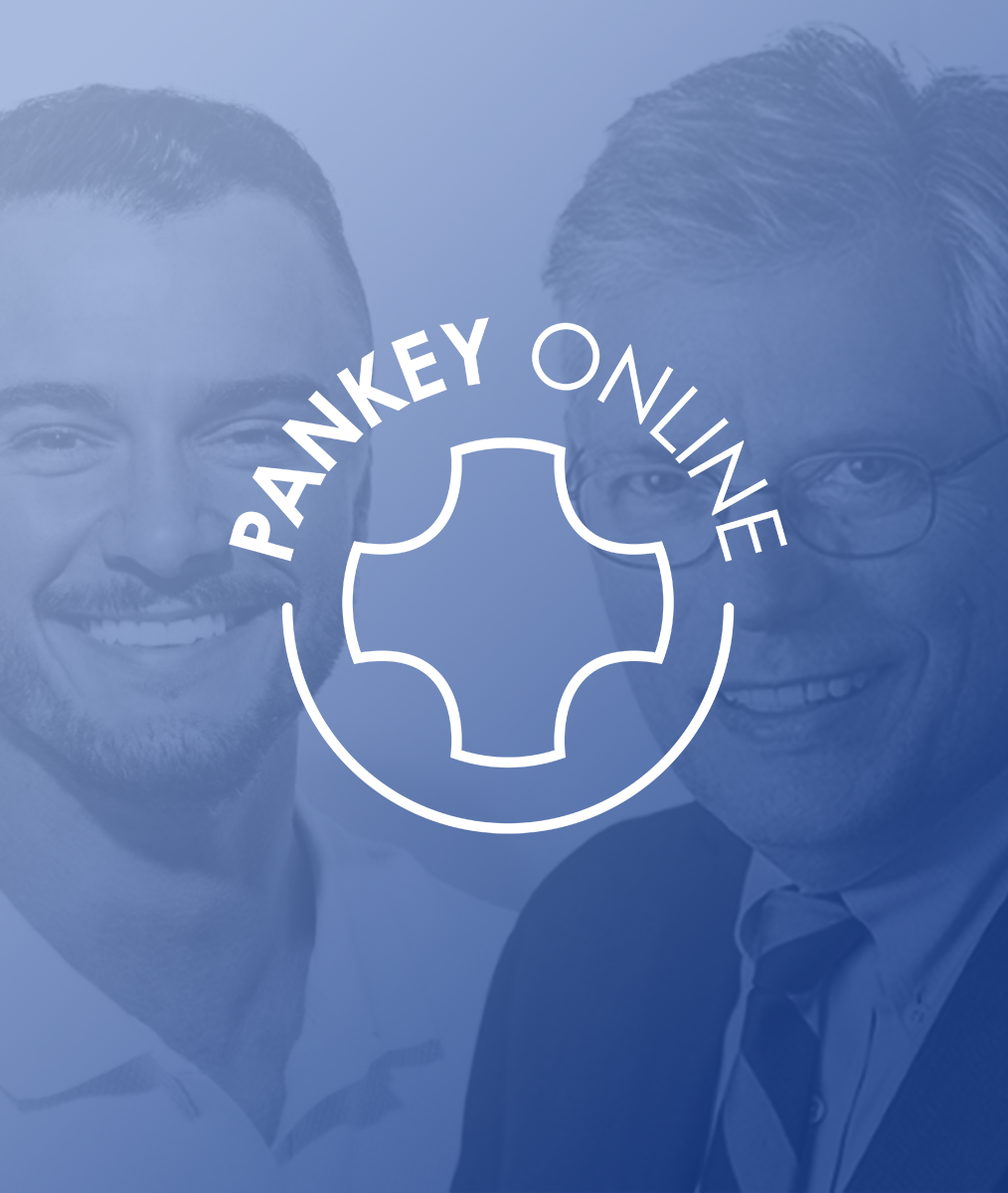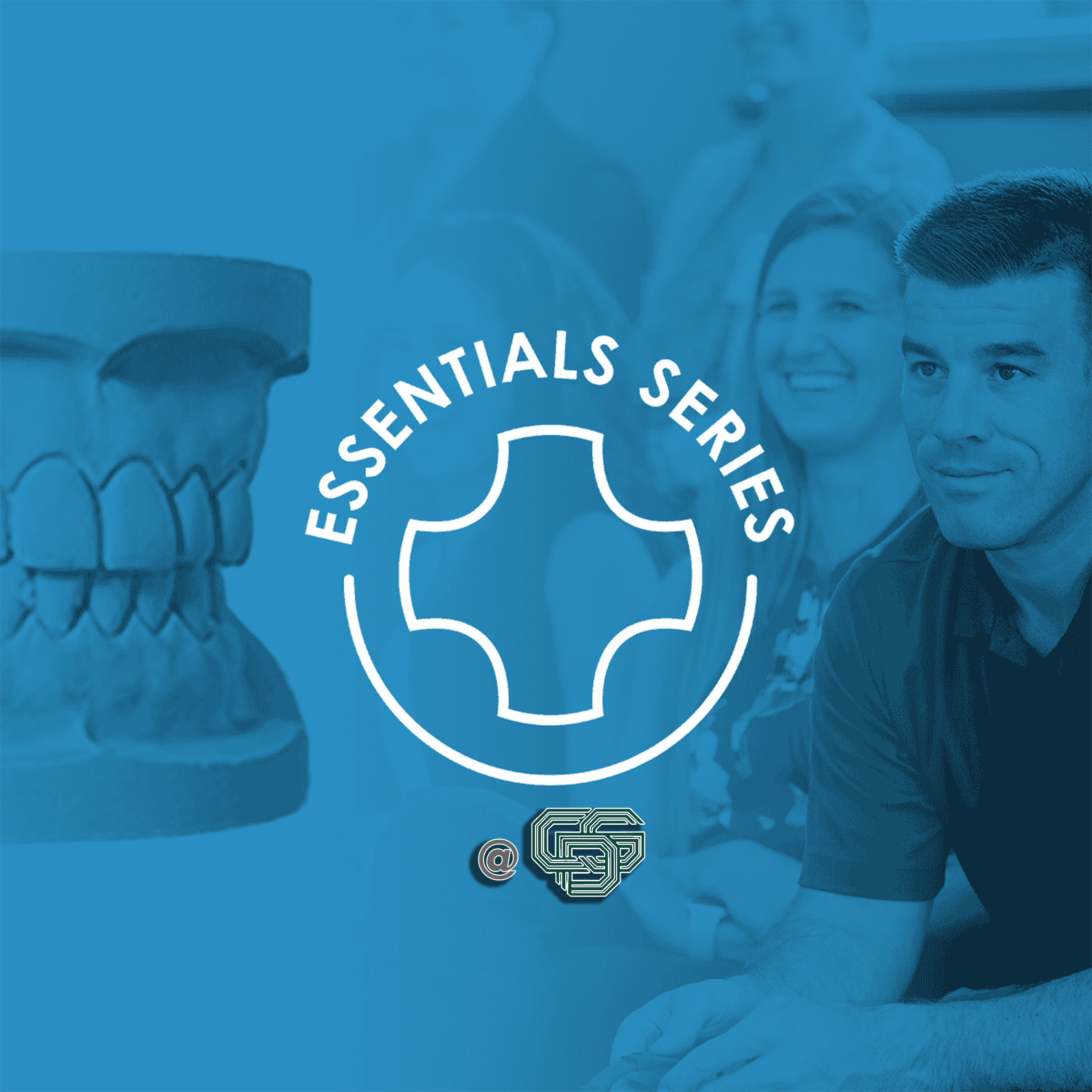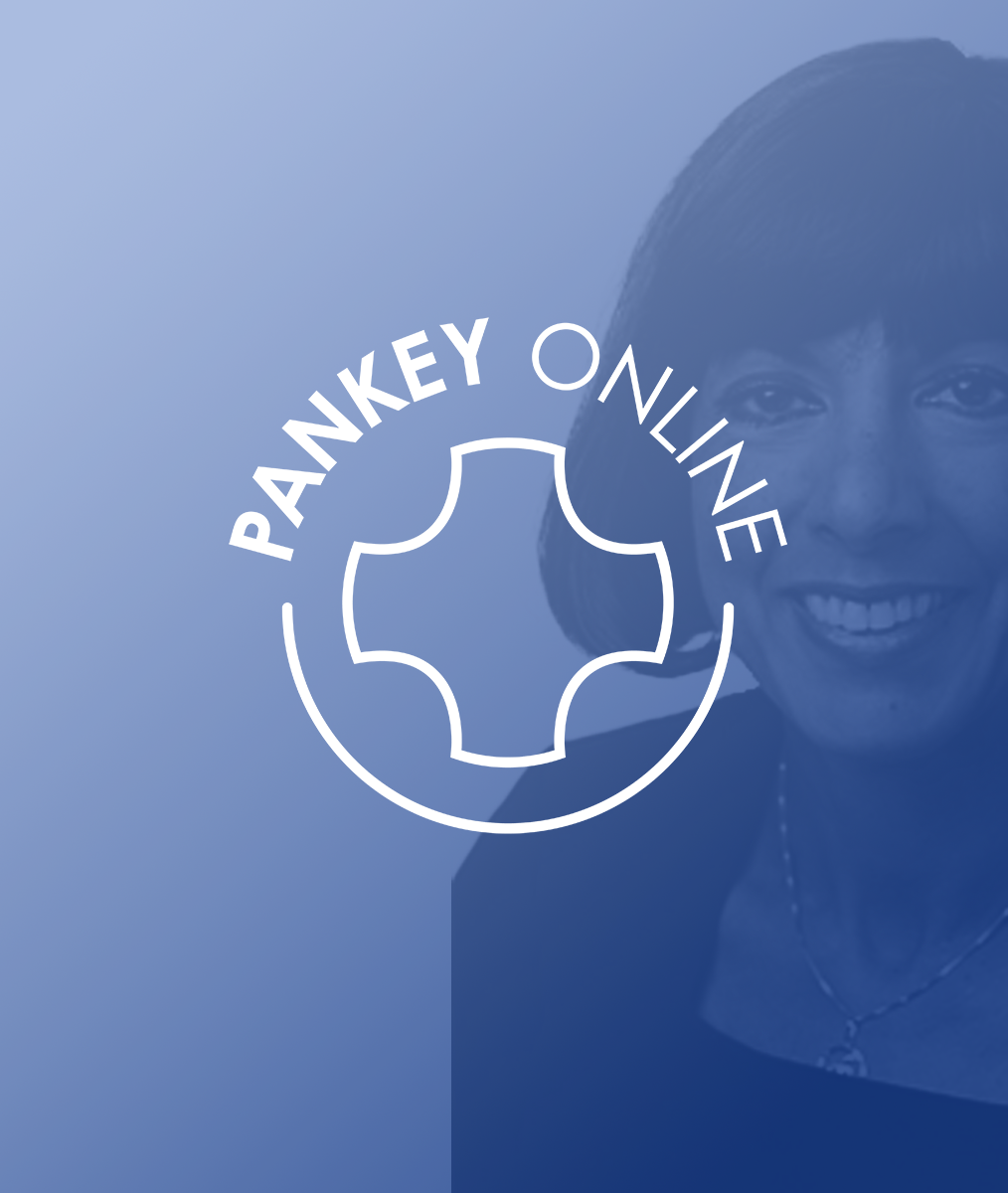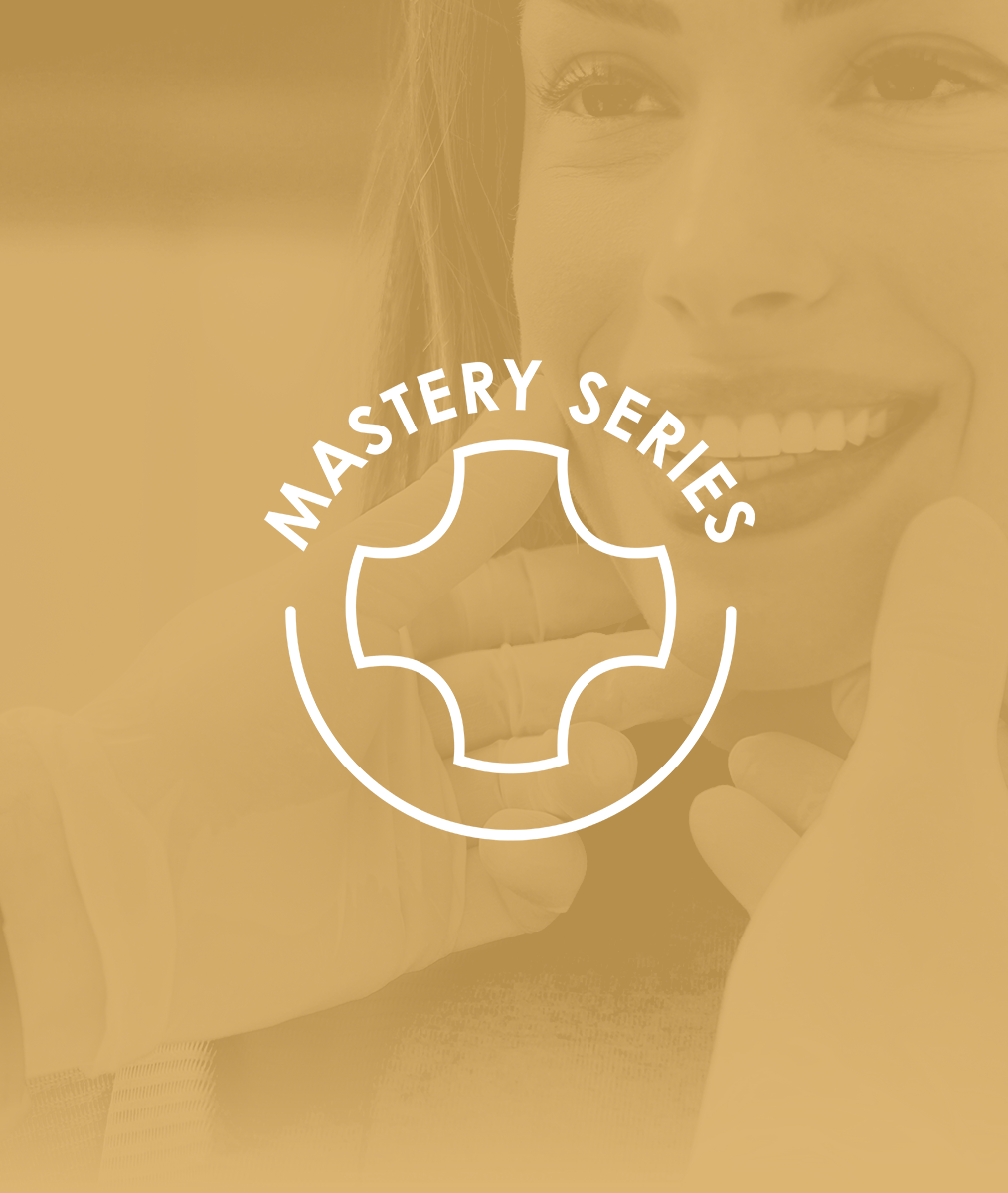Unwitting Barriers to Care
Few people have worked as tirelessly to advance the thinking of L.D. Pankey and Bob Barkley as Rich Green DDS, MBA. Recently, I ran across some of Rich’s quotes that truly capture the nature of his experience in dentistry.
A behaviorist’s definition of learning is changed behavior demonstrated. As my personal growth allowed, I relaxed and thought more about creating an experience in which my patients had the opportunity to learn something, which would challenge them to change behaviors that had negative impact on their life and health. The more I looked at those “learning moments,” the more they appeared. The learning occurred as I helped patients clarify what was most important to them and what they wanted to learn. As I facilitated a learning process with my patients, they were able to discover for themselves those two things, and then they were able to take their own steps in personal growth…People tend to support what they help to create.
Below Rich is speaking of his long-term work with Don Clifton and The Gallop Organization.
As we studied the uniqueness of individual private practices, one finding was the tendency of a dentist and team to unwittingly create barriers to the patient’s progress when what they really wanted was to create pathways to greater health. The barriers were typically caused by an impatient or judgmental attitude and the “teach and tell” method of attempting to change behavior.
In this last passage, Rich speaks to the central theme Bob Barkley taught across the country following the publication of his book, Successful Preventive Dental Practices. In the mid 1960’s, Bob worked closely with Nate Kohn Jr, PhD to dramatically reorganize how he interacted with his patients. In so doing, he largely abandoned what Rich refers to here as “teach and tell,” in lieu of what Bob called “CoDiscovery.” Because Nate Kohn, Jr. had his PhD in Educational Psychology, he exposed Bob to the latest thinking in learning science – and much of it had been influenced by the work of Carl Rogers, PhD.
It fascinates me that we can now go back and understand how all of this evolved, as well as why Bob chose to do things in a very specific way. Perhaps most important is how it all evolved through the hearts and missions of both Bob and Rich. And this last point is key, because if the motivation behind a person’s use of CoDiscovery doesn’t emanate from their heart, from a deeply sincere desire to help others grow and realize greater health through that growth, it won’t work. Instead, it will be perceived as being manipulative and thwart the desired outcome.
The “unwittingly created barriers” will block the passage of the relationship to the next interpersonal level — the level necessary to establish enough trust to proceed to the needed care. CoDisovery is an intentional practice, born out of a personal philosophy toward life and practice. This heartfelt way of interacting with others sometimes feels slow, but it is the fastest way I know to truly help others.
Related Course
E3: Restorative Integration of Form & Function
DATE: August 16 2026 @ 8:00 am - August 20 2026 @ 2:30 pmLocation: The Pankey Institute
CE HOURS: 41
Dentist Tuition: $ 7500
Single Occupancy with Ensuite Private Bath (per night): $ 355
Understanding that “form follows function” is critical for knowing how to blend what looks good with what predictably functions well. E3 is the phase of your Essentials journey in which…
Learn More>
